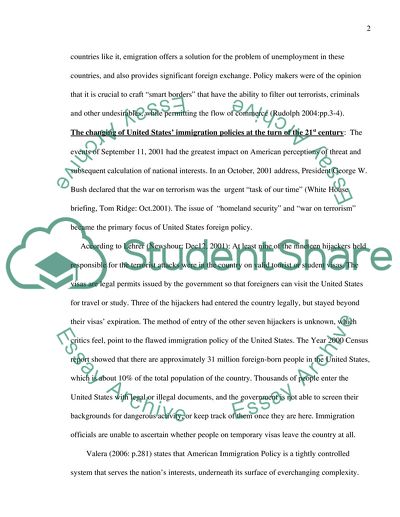Cite this document
(The Impact of Immigration on Homeland Security Dissertation, n.d.)
The Impact of Immigration on Homeland Security Dissertation. Retrieved from https://studentshare.org/social-science/1706248-the-impact-of-immigration-on-homeland-security
The Impact of Immigration on Homeland Security Dissertation. Retrieved from https://studentshare.org/social-science/1706248-the-impact-of-immigration-on-homeland-security
(The Impact of Immigration on Homeland Security Dissertation)
The Impact of Immigration on Homeland Security Dissertation. https://studentshare.org/social-science/1706248-the-impact-of-immigration-on-homeland-security.
The Impact of Immigration on Homeland Security Dissertation. https://studentshare.org/social-science/1706248-the-impact-of-immigration-on-homeland-security.
“The Impact of Immigration on Homeland Security Dissertation”, n.d. https://studentshare.org/social-science/1706248-the-impact-of-immigration-on-homeland-security.


